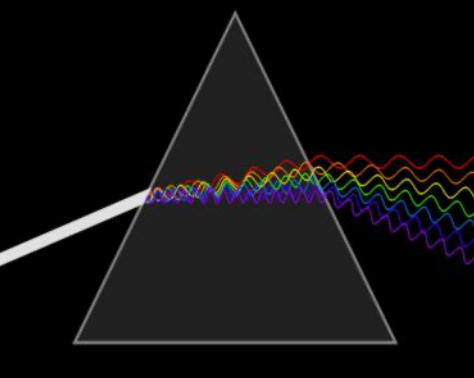A group of scientists from Aryabhatta Research Institute of Observational Sciences (ARIES), Nainital in Uttarkhand, have indigenously (made locally or in one’s own country) developed a low-cost optical spectrograph. This was specially designed and developed to work with the Devasthal Optical Telescope (DOT) located at the same center. It is named as Aries-Devasthal Faint Object Spectrograph & Camera (ADFOSC). Prior to this, spectroscopes were imported from abroad. The indigenous design and development cost was about 2.5 times less than the cost of importing the same from other countries. The team also received help from Indian Space Research Organisation (ISRO).

What is a Spectrograph?
To understand what is a spectrograph, we first need to understand what a spectroscope is.
When white light passes through a prism, it splits into seven different colours known as the visible spectrum (VIBGYOR) (Picture 2). This is called diffraction of light. Just like white light, every element gives out light when hot and produces a spectrum which is unique to that element, just like a finger print.

A spectroscope is an instrument that uses the diffraction pattern of the spectrum given out by a beam of light coming from any substance. This helps us to identify the various elements that substance is made of. The spectroscopes usually have a viewing tube (scope) to see diffraction pattern of the spectrum. But when cameras were developed, the viewing piece of the spectroscope was replaced by cameras to capture an image of the spectrum and the diffraction pattern rather than just view it. This is called a spectrograph.
Spectroscopy is used in fields like chemistry and astronomy for analysis. Astronomical spectrographs attached to telescopes are highly sensitive and can capture faint light from far off objects like various stars, galaxies and other celestial bodies. This faint light is then analysed to understand their composition and movement.

